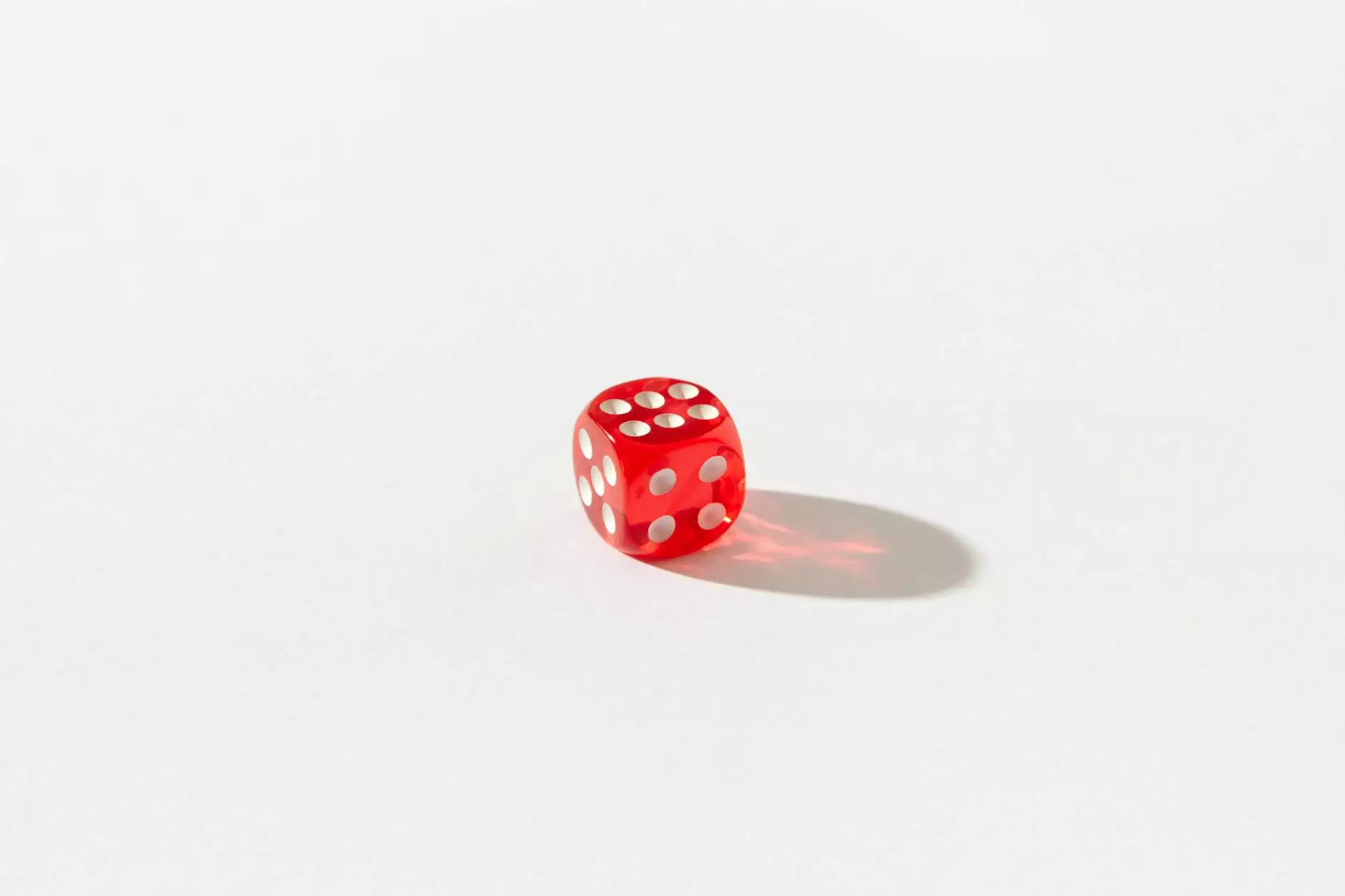Understanding Irregular Meter in Music

What is Irregular Meter?
Irregular meter refers to a time signature in musical composition that does not conform to traditional meters, such as 4/4 or 3/4. Instead, it employs unconventional grouping of beats and varies in length. This element challenges musicians and composers to approach rhythm in innovative ways, creating a unique auditory experience for listeners.
The Importance of Meter in Music
The meter of a piece of music determines its overall rhythmical structure. It acts as the backbone, providing a sense of stability and predictability. However, when irregular meter is introduced, it disrupts normal rhythmic patterns and invites creativity. Here's why understanding meter is crucial:
- Musical Expression: It allows composers to express emotions in varied ways, enhancing the storytelling element of music.
- Engagement: Audiences find irregular meters intriguing, which can enhance their connection with the music.
- Complexity: It brings a level of complexity that can elevate a piece from mundane to extraordinary.
Characteristics of Irregular Meter
Irregular meters often feature several distinct characteristics that set them apart from regular meters:
- Uneven Grouping: Beats are grouped in odd numbers or varied lengths, creating unexpected accents.
- Dynamic Rhythms: Rhythmic patterns may change frequently within a single piece, keeping the listener on their toes.
- Complex Time Signatures: Meters like 5/8, 7/8, and combinations thereof showcase complexity not found in common time.
Examples of Irregular Meter in Various Musical Genres
Irregular meter finds its way into numerous musical genres, each employing it to accomplish unique artistic goals. Here are some noteworthy examples:
1. Progressive Rock
Artists like King Crimson and Pink Floyd frequently incorporate irregular meters into their compositions. Songs such as "21st Century Schizoid Man" utilize meters like 5/4, pushing the boundaries of conventional rock music.
2. Jazz
In jazz, irregular meter provides a framework for improvisation and dynamic expression. Musicians like Dave Brubeck, particularly in the famous piece "Take Five," use a 5/4 meter to create an off-kilter yet captivating groove.
3. Folk Music
Folk traditions around the world also embrace irregular meters. For example, Macedonian folk music often incorporates 7/8 and 9/8 time signatures, creating complex and lively dance rhythms.
4. Contemporary Classical
Contemporary composers such as Steve Reich and Philip Glass often experiment with irregular meters to challenge listener expectations and create intricate sound textures.
How to Compose Using Irregular Meters
Composing music using irregular meter can be challenging but immensely rewarding. Here are some tips to get you started:
- Start with a Rhythmic Pattern: Experiment with creating rhythmic motifs that can be repeated and varied.
- Use a Metronome: To keep your irregular meter in check, utilize a metronome set to your unique time signature.
- Study Existing Works: Analyze compositions that utilize irregular meters to see how other musicians navigate these complexities.
- Incorporate Variation: Play with variations in dynamics and accents to highlight the irregularities in your meter.
Conclusion: The Vibrant World of Irregular Meter
In a world where many musical pieces conform to predictable rhythms, irregular meter stands out as a hallmark of creativity and innovation. It allows composers to express ideas and emotions in distinctive and compelling ways. As musicians and listeners alike explore the complexities of rhythm, the allure of irregular meter will undoubtedly continue to inspire new generations of artists. Whether in a jazz improvisation, a progressive rock song, or a poignant classical piece, irregular meters offer a rich tapestry of sound that challenges and delights.









